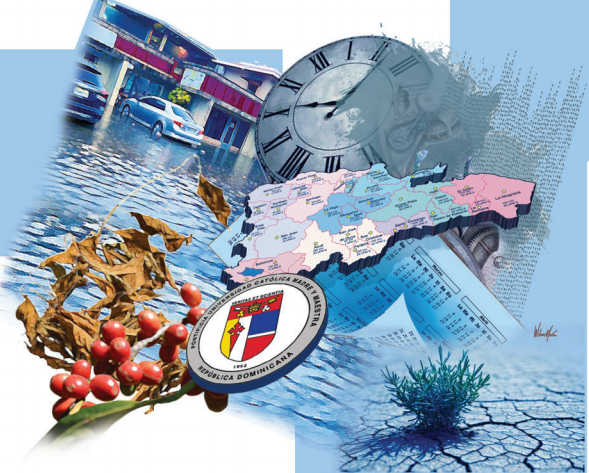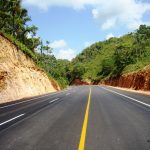Effects of climate change are already evident in the country

Santo Domingo.- The Dominican Republic has begun to tangibly experience the effects of climate change, with increasingly intense weather events, record temperatures, and environmental alterations that threaten biodiversity and Dominicans’ livelihoods.
Heat waves, torrential rains, and flash floods, such as those of November 2022 and 2023 and those of the last few days on the North Coast and the Northwest Line, are clear examples of the current and future threats to the stability of the island nation.
Eduardo Julia, executive vice president of the Sur Futuro Foundation, warned about the country’s growing risks during the course “Communicating climate change” organized by the Sur Futuro Foundation and the Pontificia Universidad Católica Madre y Maestra (PUCMM).
Julia explained how climate change is causing alarming changes in nighttime weather and water availability, affecting ecosystems and agricultural production. This has significant implications for essential products such as coffee and chicken.
Rising temperatures and alterations in agriculture
Meteorological data indicate that the temperature in the Dominican Republic has increased considerably. The most surprising thing is that the nights no longer experience the usual drops in temperature, which are essential for certain crops.
This shift impacts agriculture: products such as sugarcane and coffee, which require a thermal difference between day and night, face production challenges. In particular, coffee cultivation, which once thrived at an altitude of 500 meters, now needs at least 600 meters, jeopardizing the viability of traditional land and increasing pressure on national parks located at higher altitudes.
Impact on urban life and coastal ecosystems
Climate change is not only affecting rural areas. Santo Domingo could see temperatures similar to those of Azua. The alteration of the temperature balance also affects the availability of water in the reservoirs due to a water cycle that now behaves more unpredictably.
“We’re going to have a decrease in water availability,” Julia warned, explaining that the world’s water is redistributed in response to temperature variations, leaving some areas in drought and others in conditions of excess water.
Life zones, which depend on temperature, rainfall, and altitude, are also changing. The New Valley, an alpine area unique for its climate and exceptional flora, could lose exclusive species due to the increase in temperature, which would permanently modify this ecosystem.
Crisis in food production and rising costs
Climate change has seriously affected livestock and poultry farming. Heatwaves on farms have reduced milk and meat production in the country, impacting the local economy and food supply.
In the case of chicken production, increased mortality due to the heat and lower feed consumption have increased costs, affecting the final price for consumers.
Threats to coastal infrastructure and natural resources
The Dominican Republic also faces threats to its coastal infrastructure. With three airports close to sea level, such as Barahona, Samaná, and Puerto Plata, runway flooding has already been recorded, increasing maintenance costs and putting tourism, a critical economic sector, at risk. Likewise, the advance of sea level has been seen in the erosion of beaches and the loss of coastal flora, such as the iconic palm trees in Las Terrenas, photographed in the water due to the erosion of the coastline.
Corals, vital ecosystems for coastal protection, also suffer from ocean acidification, which results from the absorption of carbon dioxide by water. Coral reefs, which act as natural barriers against waves, are in decline, and it is estimated that only 15% of corals in the country are alive.
Social and economic vulnerability
Climate change has intensified the vulnerability of entire communities, especially those in rural areas with less adaptive capacity. The community of Boca de Cachón, located on Lake Enriquillo, was the first town in the world to have to relocate due to the weather’s effects.














